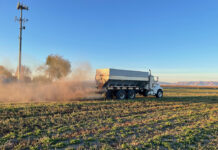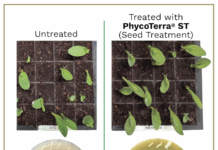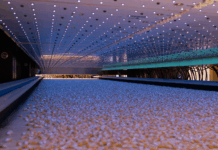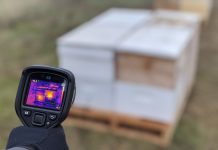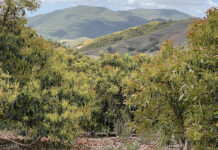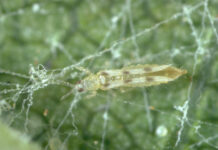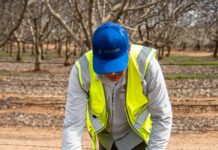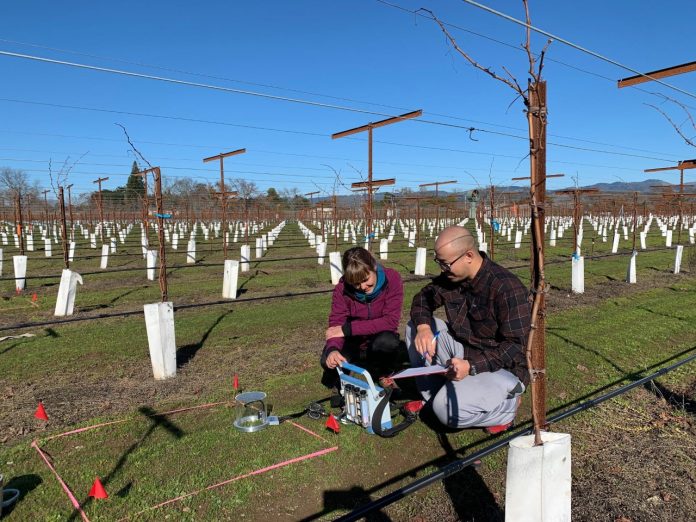

UCCE Viticulture Specialist Kaan Kurtural’s study of cover crops under no-till systems in vineyards was done to determine if grape vineyard water use could be improved.
In a presentation for the virtual San Joaquin Valley Grape Symposium, Kurtural said the 2020 study was focused on finding the best management for vineyard floors using cover crop and tillage systems to preserve plant-available water in soils prior to the initiation of irrigation. He also evaluated cover cropping and no-till practices for their sustainability in regard to mitigation of greenhouse gas emissions and their combined effect on grapevine physiology.
Kurtural added that the study would provide growers recommendations regarding the use of novel low-stature permanent grasses in vineyard systems.
The study was done in Fresno with three cover crops, including a perennial grass (Poa bulbosa hybrid), annual grass, barley and resident vegetation under till versus no-till. The randomized study was done in a Ruby Cabernet on Freedom rootstock vineyard under drip irrigation.
Results noted were a 30% increase in mid-day leaf water potential in early spring and a 10% increase the following year with the perennial grass. When extrapolated to a hectare scale, the perennial grass cover crop demonstrated a decrease in soil respiration, one of the primary sources of carbon loss in agricultural soils.
Kurtural said the net carbon assimilation of the system grown with perennial grass under no-till management was enhanced compared to the system with annual grass or resident vegetation.
At harvest, there were no changes in berry mass, acidity or sugar content.
Kurtural also compared the Fresno study with a Napa County study.
In Napa, with a transition from tillage with resident vegetation or annual grasses as winter ground cover to perennial grass, he found no-till saves between 3% to 6% of annual cultural costs ($294 and $552 per acre, respectively.)
In Fresno, transitioning from tillage with resident vegetation or annual grasses as winter groundcover to perennial grass and no-till saves between 9% to 16% of annual cultural costs ($174 and $339 per acre, respectively.)
Kurtural said that cover crops under no-till systems may be implemented in the San Joaquin Valley irrigated vineyards with no effect on grape productivity and improvement in grapevine water use.
The remaining component of the research will include GHG flux calculation and characterization of bacterial and fungal communities.



